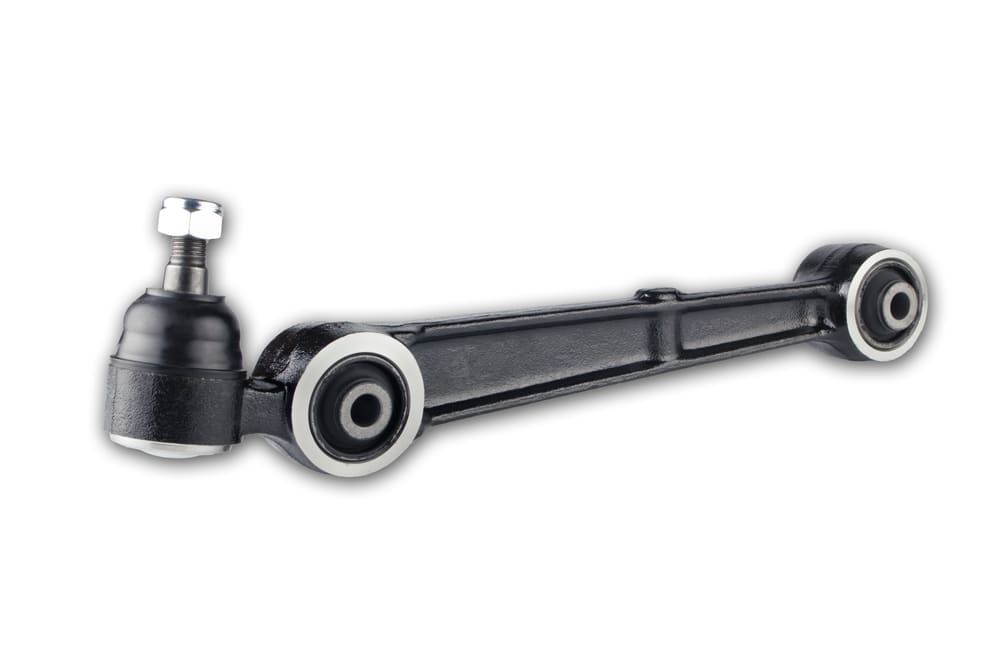

Your car’s steering system is pretty complex and requires a significant number of components working in harmony in order to ensure that you can steer safely while driving. The Pitman arm is one of the most critical components, and actually connects the steering gear to the steering linkage, and then to the wheels.
The Pitman arm is used every single time you turn the steering wheel (whether the engine is running or not). However, it’s incredibly durable and with the right service and maintenance schedule, it should last for the lifetime of your vehicle. However, it can be damaged in a number of ways, including through auto accidents, if left loose after being serviced and through lack of maintenance.
The most common type of wear and tear for the Pitman arm is actually to the ball socket located at the end of the arm. Like all other ball joints, this one will eventually wear out and need to be replaced. Regular lubrication can prolong its life, though. The Pitman arm and other front end components should be lubricated at every service (oil change) and should be inspected regularly to prevent these problems from becoming severe.
Considering how important the Pitman arm is to control over the vehicle, it is essential that you know a few signs and symptoms to look for that indicate unusual wear or impending failure. These signs include:
- Grease around the boot at the end of the Pitman arm (could indicate damage to the idler arm or tie rod end, or to the Pitman arm)
- Your steering feels abnormal, or that it’s slipping
- There’s too much play in the steering wheel
- The steering feels like it’s wandering
If you notice any of these symptoms, it’s important to take action now. A certified mechanic can inspect your vehicle and replace your Pitman arms, as well as any other front end components, to safely get you back on the road.



